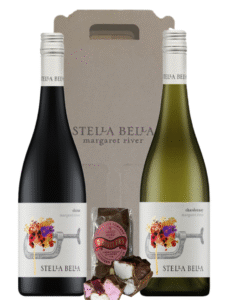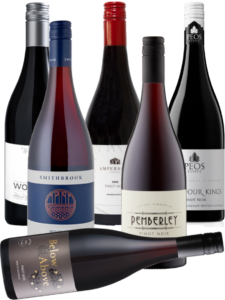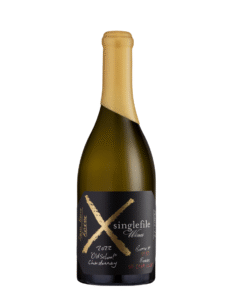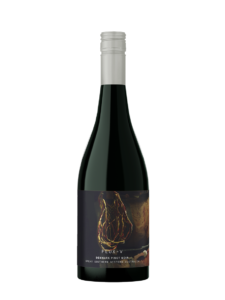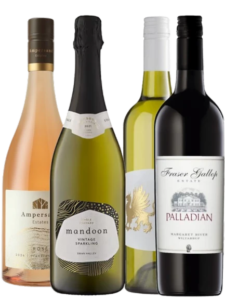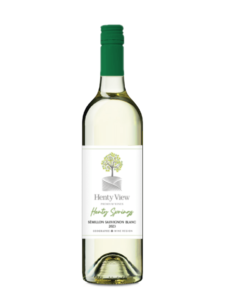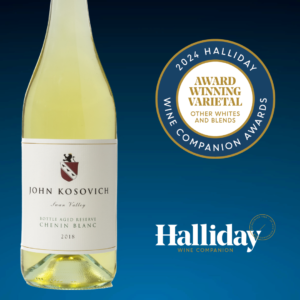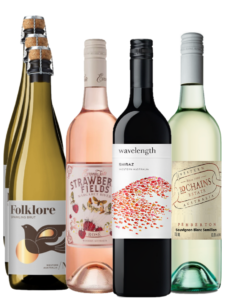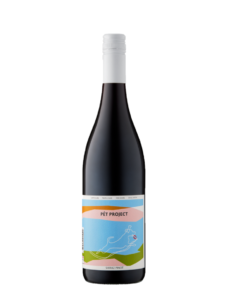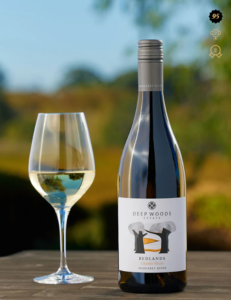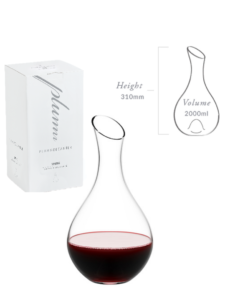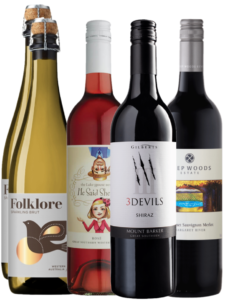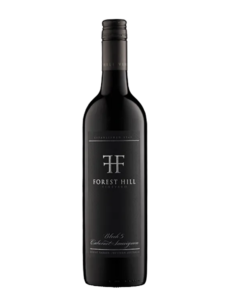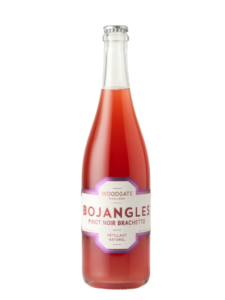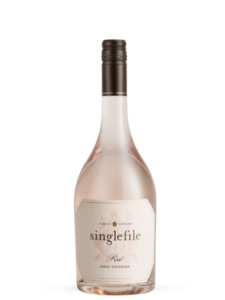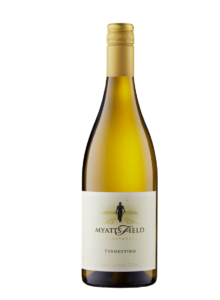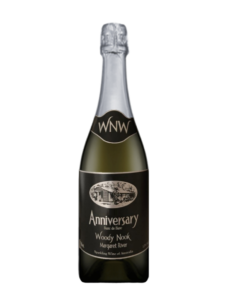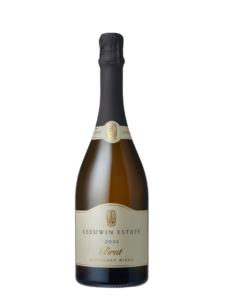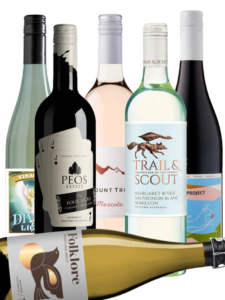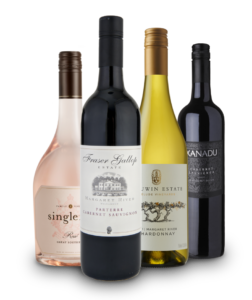Understanding Wine Scoring
When it comes to enjoying wine, many enthusiasts often turn to scoring systems to guide their choices. In Australia, renowned wine critics like James Halliday with his Wine Companion and platforms like Wine Pilot offer numerical ratings to help consumers navigate the vast array of wines available. However, it’s essential to remember that a score isn’t the final word on whether a wine is “good” or “bad.” In this post, we’ll explore the nuances of wine scoring, why scores can vary between reviewers, and how our own Partners in Wine WA rating system offers a unique perspective.
The Subjectivity of Wine Ratings
Wine tasting is inherently subjective. Individual preferences, sensory perceptions, and even mood can influence how a taster experiences a wine. For instance, Halliday might rate a particular Shiraz at 88 points, while another reviewer at Wine Pilot might see it as worthy of 94 points. This discrepancy arises from several factors:
- Tasting Conditions: While professional tastings are often conducted in controlled environments, elements like temperature and lighting can still impact perceptions. For example, a wine tasted in a warm, inviting setting may evoke positive emotions, leading to a more favourable assessment than the same wine sampled in a stark, clinical space.
- Personal Palate: Every reviewer brings their own experiences and preferences to the table. Some may have a penchant for bold, fruit-forward wines, while others might lean towards delicate, intricate profiles. This individuality means that the same wine can elicit very different reactions, as personal taste plays a significant role in the scoring process.
- Contextual Influences: The context of a tasting can dramatically affect a reviewer’s perception. Factors such as the specific vintage, the food being paired, or even the occasion for tasting can shape how a wine is experienced. A wine that dazzles when enjoyed with a particular dish may not shine as brightly on its own, leading to variability in scores.
- Unconscious Bias: Past experiences with a winery can create unconscious biases that influence how a wine is rated. If a reviewer has previously enjoyed wines from a particular winery, they may approach new releases with a more favourable mindset. Conversely, negative experiences may lead to harsher evaluations. This bias can skew the objectivity of the scoring process.
- Scoring Methodologies: Different rating systems have distinct criteria for evaluation. Some critics may emphasise balance and complexity, while others might prioritise fruit intensity or finish. This divergence in focus can result in significant discrepancies between scores, as what one reviewer considers a flaw, another might see as a unique characteristic.
The Importance of Understanding Scores
While scores can be a helpful starting point, they should not be seen as definitive indicators of quality. A wine rated 90 points by one critic may resonate deeply with you, while a 95-point wine might not meet your expectations. It’s crucial to approach wine scores as part of a broader narrative, including tasting notes, personal preferences, and even the winery’s story.
At Partners in Wine WA, we believe that wine scoring should reflect the exceptional quality of Western Australian wines. Given the strength of our local wine scene, we’ve developed a tailored scoring system that acknowledges these unique characteristics.
Our Scoring System
In our rating system, we classify wines as follows:
- Platinum: 96+ points – A rare designation reserved for truly exceptional wines that stand out at the highest level. These wines are extraordinary, showcasing exceptional craftsmanship and complexity.
- Gold: 91 to 95 points – These wines exhibit excellent quality, often displaying depth and a well-rounded profile.
- Silver: 87 to 90 points – A solid score indicating a good wine that delivers enjoyment but may lack the depth or complexity of higher-rated options.
This system allows us to celebrate the strengths of Western Australian wines without being constrained by broader scoring trends. We believe that by categorising wines in this way, consumers can better appreciate the nuances and diversity of our local offerings.



Wine Notes
At Partners in Wine WA, we take pride in the tasting notes and descriptions accompanying each wine on our website. We utilise the official information provided by the winery as a foundation, ensuring our descriptions are both accurate and informative. If we come across highly technical terms that may not resonate with the average reader, we adjust them for clarity, making the information more accessible. Our goal is to help consumers understand the nuances of each wine without overwhelming them with jargon.
In addition to the official tasting notes, we provide our own reviews on many wines, which differ significantly from other sources. We believe in using straightforward language that connects with the average wine drinker. Recognising that 99.999% of people have not completed a WSET course, we avoid complex descriptors that might create a disconnect, such as “subtle notes of a wet rock.” Instead, we focus on clear and relatable terms like “big and bold,” “soft,” “juicy,” and “elegant.” Our aim is to make wine tasting approachable and enjoyable for everyone.

